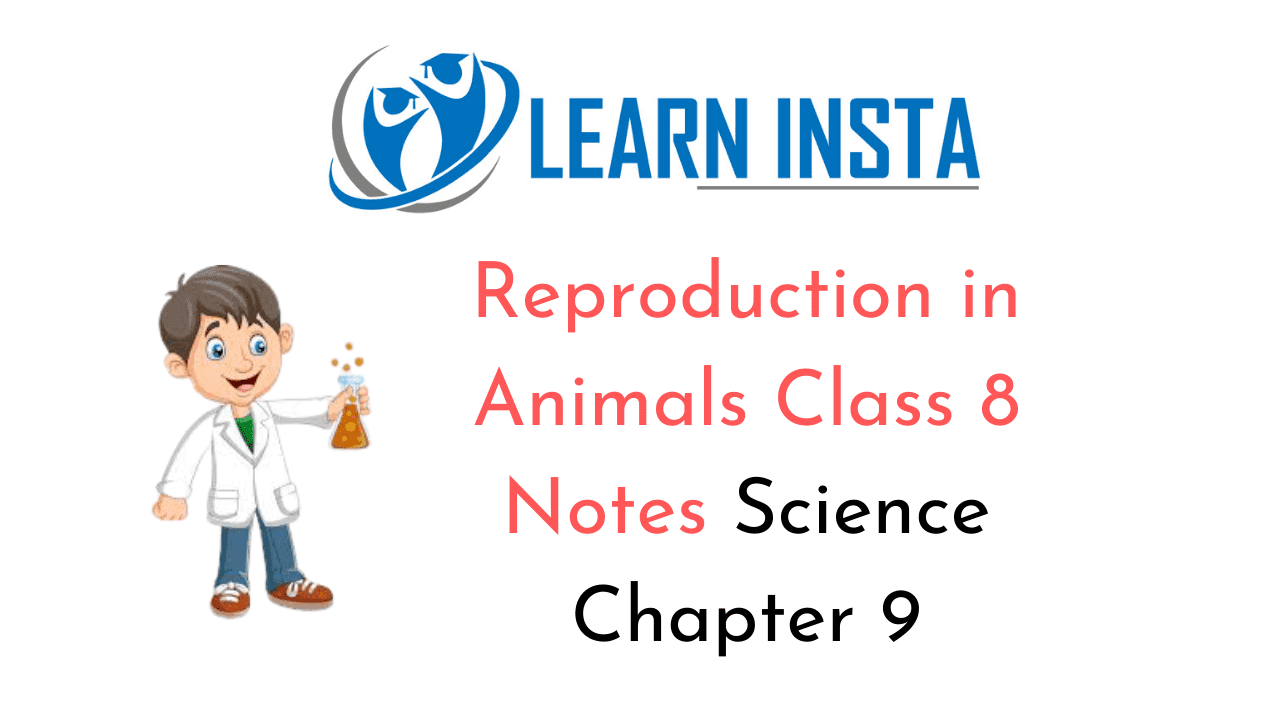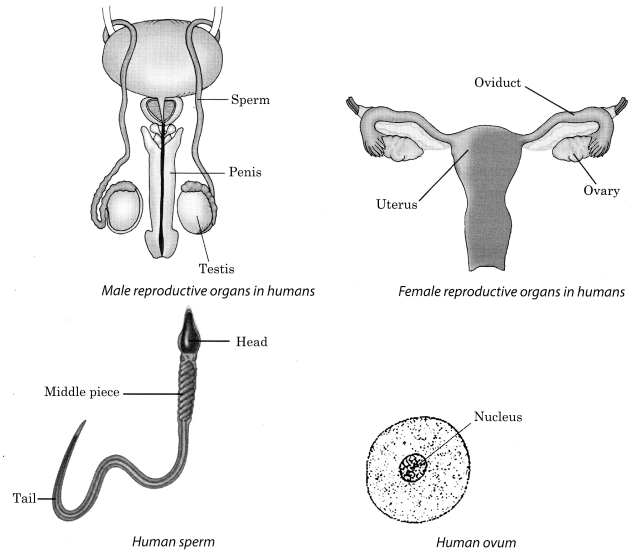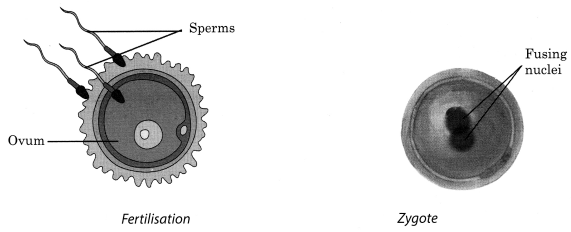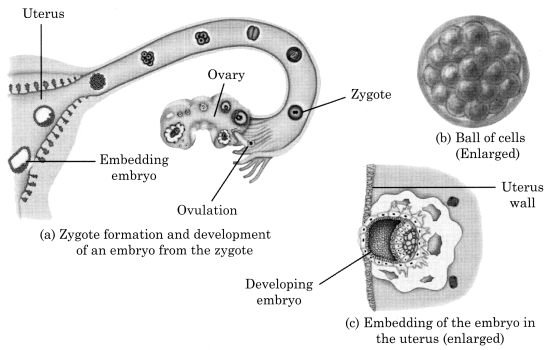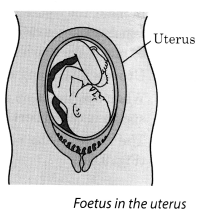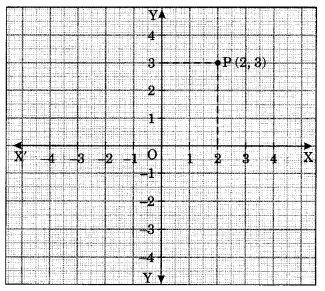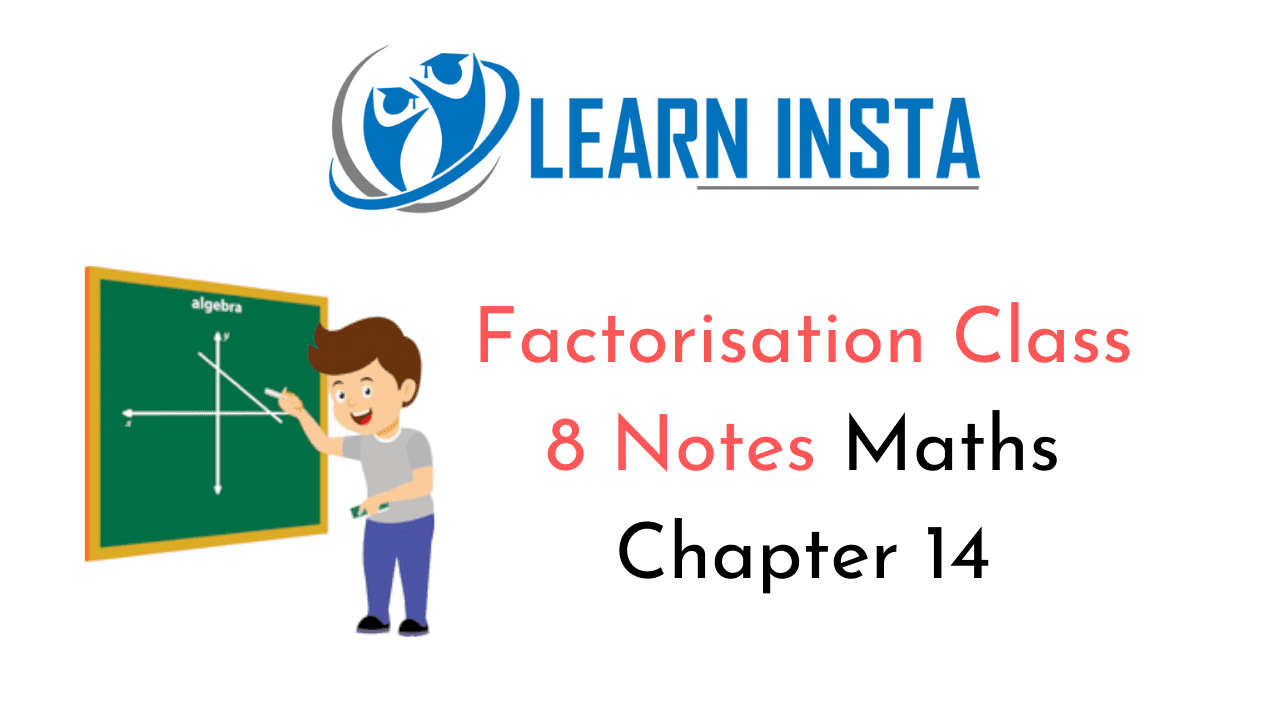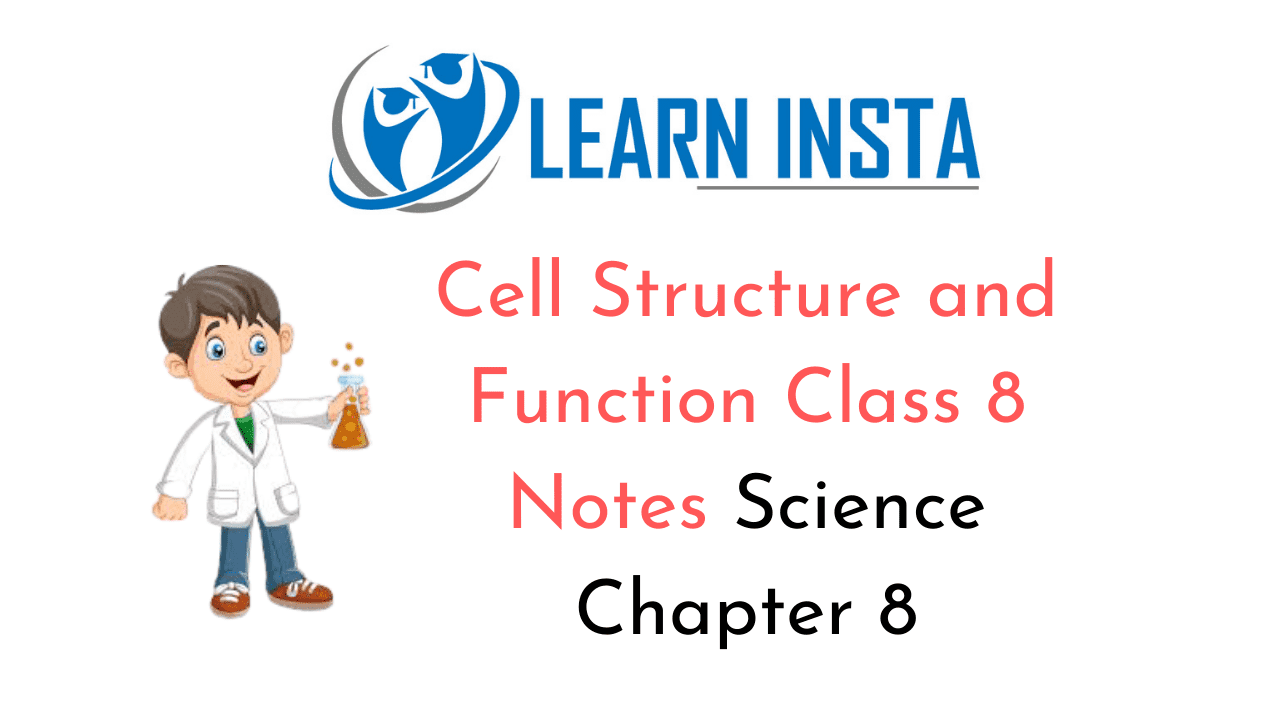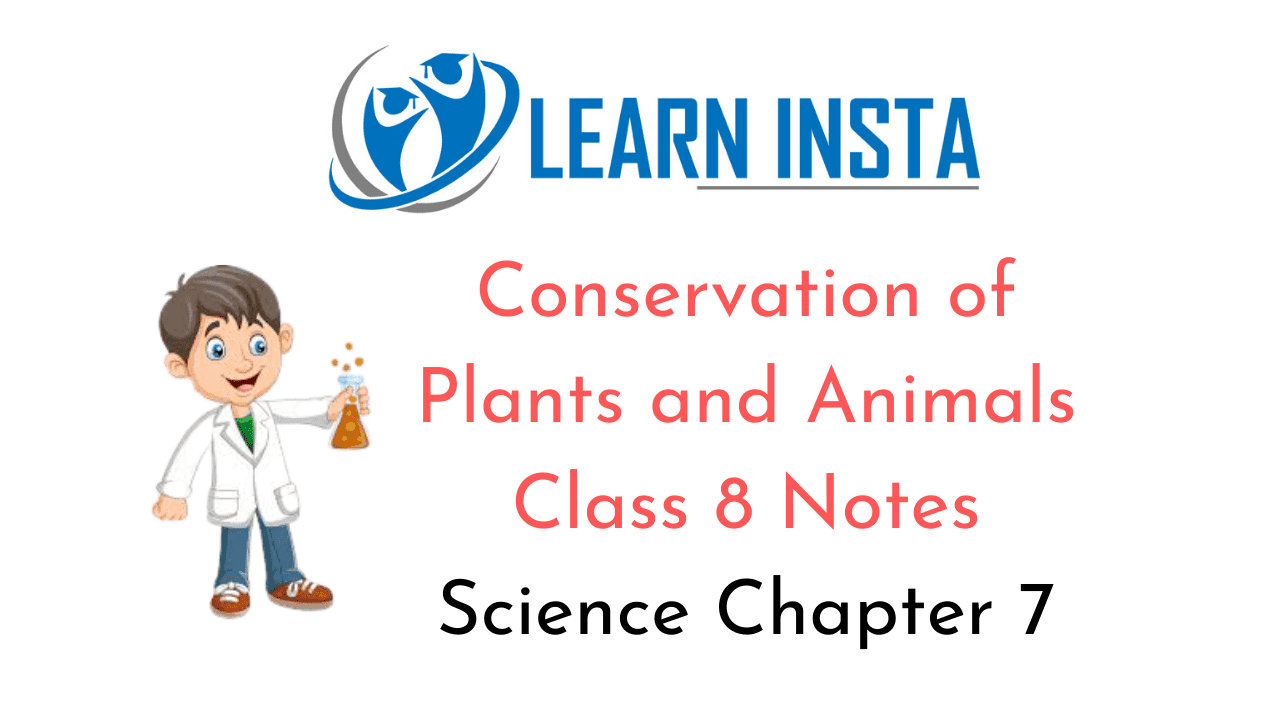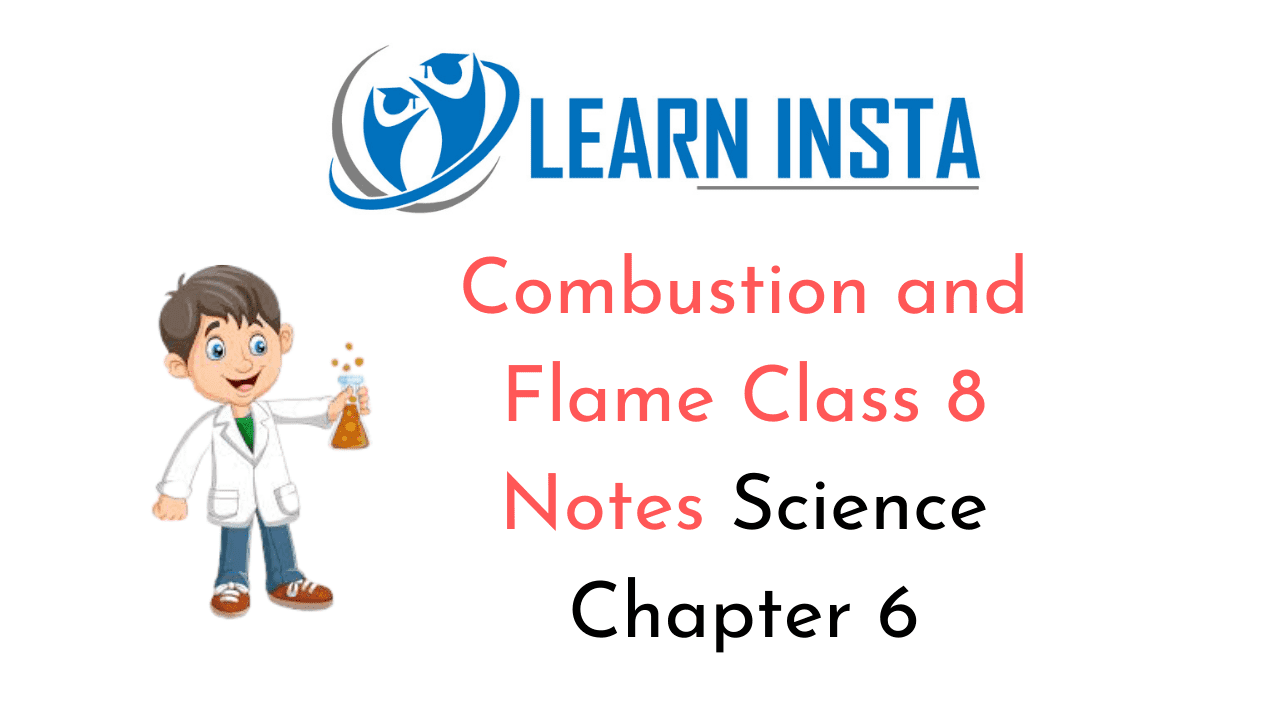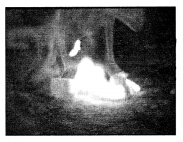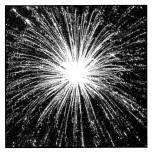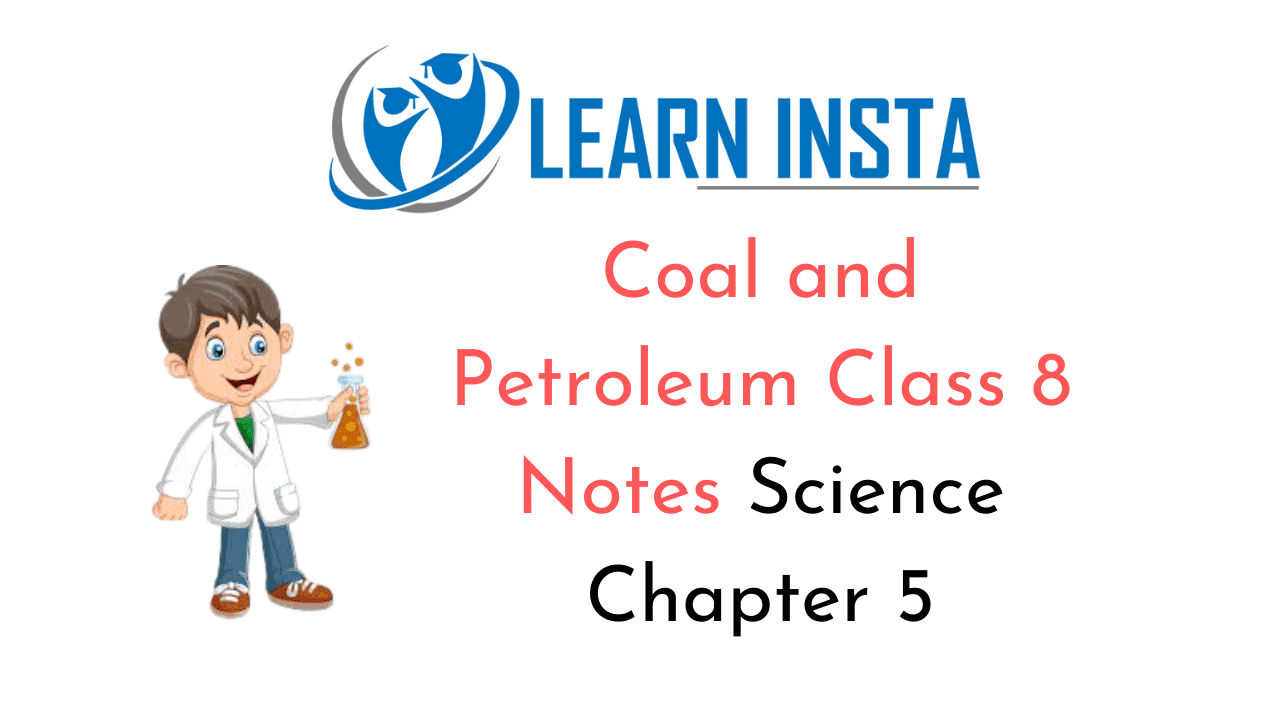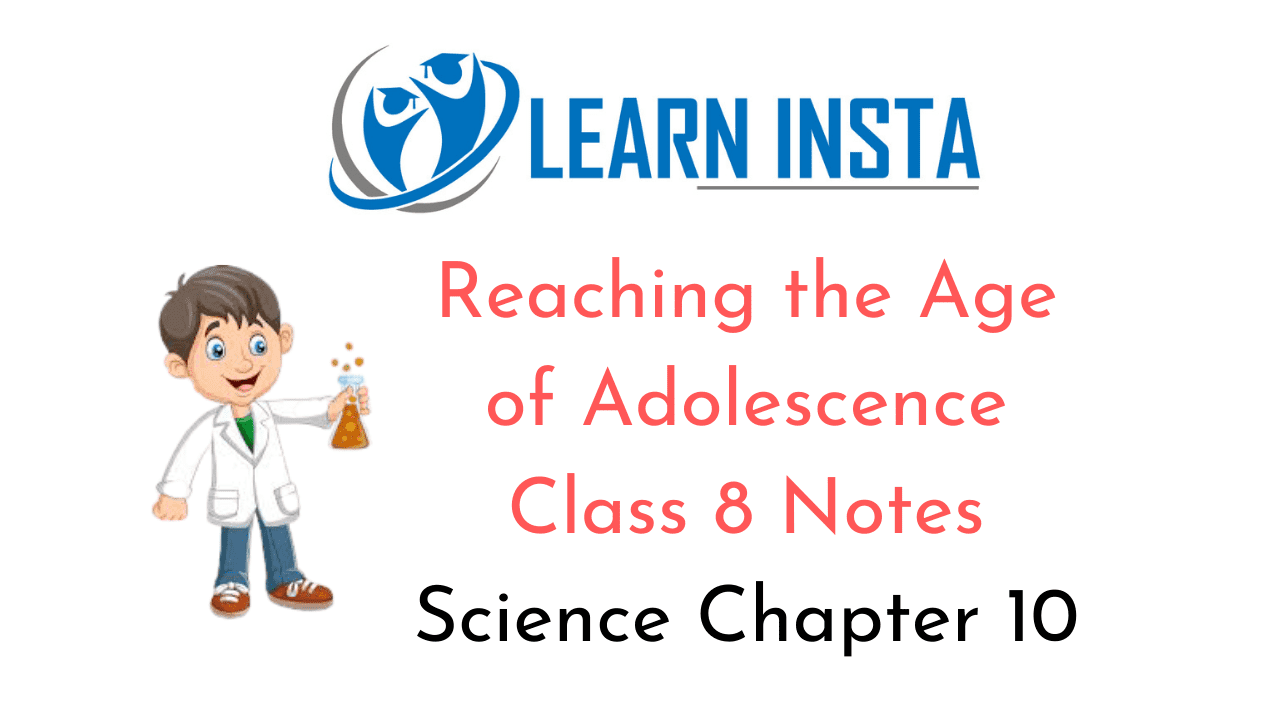
On this page, you will find Reaching the Age of Adolescence Class 8 Notes Science Chapter 10 Pdf free download. CBSE NCERT Class 8 Science Notes Chapter 10 Reaching the Age of Adolescence will seemingly help them to revise the important concepts in less time.
CBSE Class 8 Science Notes Chapter 10 Reaching the Age of Adolescence
Reaching the Age of Adolescence Class 8 Notes Understanding the Lesson
1. The period of life, when the body undergoes changes, leading to reproductive maturity, is called adolescence. It begins around the age of eleven and lasts upto eighteen or nineteen years of age. Hence adolescence occurs between childhood and adulthood.
2. The human body undergoes several changes during adolescence such as change in body shape, voice change, development of sex organs, etc.
3. The phase wherein the bodily changes occurs in terms of sexual growth, is known as puberty. Therefore puberty is defined as the onset of reproductive maturity, starting at the age of 11 years and lasts till the age of 18 years. It starts earlier in females than in males.
4. During adolescence, in girls, the region below the waist becomes wider whereas in boys, shoulders broaden and the muscles of the body grow more prominently than girls.
5. At puberty, the voice box or the larynx begins to grow. Boys develop larger voice boxes and produce hoarse voice whereas girls have a high pitched or shrilled voice. The growing voice box in boys can be seen as a protruding part of the throat called Adam’s apple.
6. There is a sudden change in height of human beings during puberty. The height increases faster in girls than boys and both reach their maximum height at the age of 18.
7. During puberty the secretion of sweat glands and sebaceous glands (oil glands) increases which results in development of acne and pimples on the face of boys and girls.
8. In the period of adolescence, a person reaches the maturity level of mental, intellectual and emotional thinking.
9. During puberty, breasts begins to develop in girls; facial hair, i.e., moustache and beard in boys. These features which distinguish the male from female are called secondary sexual characters.
10. The changes which occur at adolescence are controlled by hormones which are chemical substances. They are secreted from endocrine glands, or endocrine system.
11. The male hormone or testosterone is released by the testes and the female hormone or estrogen is produced by ovaries are responsible for secondary sexual characters in both of them. The production of these hormones are under the control of pituitary gland.
12. Hormones from pituitary stimulate testes and ovaries to release male (testosterone) and female (estrogen) hormone into the blood stream which reach a particular body part called target site. The target site responds to the hormones. The testes and ovaries secrete sex hormones which are responsible in the male and female secondary characters.
13. Reproductive phase of life in humans start when their testes and ovaries begin to produce gametes. In male, the reproductive phase begins at puberty at the ages 14 – 15 and lasts, as long as he is healthy whereas in female it begins at the ages 10-12 and lasts until the age of 45-50 years.
14. The uterine wall in females prepare itself to receive the developing fertilised egg. In case there is no fertilisation, the thickened lining of the uterine wall breaks down along with blood. This is called menstruation.
15. The first menstrual flow begins at puberty is termed as menarche.
16. Stoppage of menstruation at the age of 45-50 is termed as menopause.
17. Sex of unborn child depends on whether the egg is fertilised with sperm having X or Y chromosome.
18. The thyroid gland produces the thyroxine hormone which prevents from ‘goitre’ disease. Similarly, the pancreas produces the insulin hormone which checks the disease ‘diabetes’. The adrenals produce hormone 1 adrenaline which helps the body to adjust to stress when one is very angry, embarrassed or worried.
19. The adrenals and thyroid secrete their hormone when they receive orders from the pituitary through its I hormones. The pituitary also secretes growth hormone which is necessary for the normal growth of a person.
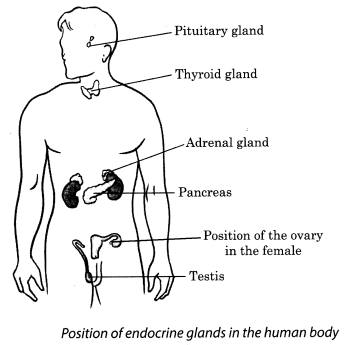
20. Hormones play a vital role in completing life cycle in insects and frogs. For example, metamorphosis (changing of larva into adult) in insects is controlled by insect hormones. In a frog, it is controlled by thyroxine, the hormone produced by thyroid. The production of thyroxine needs the presence of iodine in water.
21. Nutritional needs of the adolescents: At the stage of adolescence, the human body grows at an extremely fast rate and requires adequate intake of a balanced diet which should contain proportionate I amount of proteins, carbohydrates, fats, vitamins and minerals, etc. They can be obtained from green vegetables, normal Indian meal of roti/dal/rice, milk, fruits, etc.
21. Maintaining personal hygiene and doing physical exercise is of utmost important to stay fit and healthy.
22. We should avoid drug to avoid physical, mental and emotional ailments.
Class 8 Science Chapter 10 Notes Important Terms
Adam’s apple: At puberty, the voice box or the larynx begins to grow. The growing voice box in boys can be seen as a protruding part of the throat called Adam’s apple.
Adolescence: The period of life, when the body undergoes changes, which leads to reproductive maturity, is called adolescence. It starts around the age of 11 and lasts upto 18 or 19 years of age.
Adrenaline: The hormone produced by adrenals is called adrenaline. It helps the body to adjust to stress when one is very angry, embarrassed and worried.
Balanced diet: A balanced diet or meal is one which includes proteins, vitamins, fats, carbohydrates, minerals, etc., in adequate quantity and proportion.
Chromosomes: These are thread-like structures present inside the nucleus of a cell and helps in for carrying genetic information from one generation to next generation.
Endocrine glands: Different types of hormones are secreted from particular glands called endocrine glands or endocrine system.
Female hormone or estrogen: The female hormone is secreted by ovaries at the onset on puberty and causes development of secondary sexual characters in female.
Growth hormones: Pituitary gland secretes growth hormones which is necessary for the normal growth of a person.
Hormones: Hormones are chemical substances secreted from endocrine glands. They are responsible for regulating metabolic and other activities of the body.
Insulin: The hormone produced by pancreas is called insulin.
Male hormone or testosterone: The male hormone is released by the testes at the onset of puberty and causes changes in secondary sexual characters.
Menarche: The first menstrual flow begins at puberty is known as menarche.
Menopause: When the menstruation ceases, the stage is called menopause.
Menstruation: The process in a woman of discharging blood and other material from the lining of uterus at intervals of about 28-30 days is called menstruation.
Pituitary gland: A pea-sized body attached to the base of the brain that is important in controlling growth and development and functioning of the other endocrine gland.
Puberty: The period of life, during which the human body undergoes several changes and reaches sexual maturity and the human beings become capable of reproduction, is called puberty.
Reproductive health: Good health is essential for adolescence and for reproductive phase of life. For good health one should have a balanced diet, do physical exercises, avoid smoking, drinking and drugs, maintain hygiene and take proper sleep and rest.
Secondary sexual characters: In adolescence period, there are several changes including growth of facial hair, i.e., moustaches and beard on boys’ face, development of breast in girls, etc. These features or characters that help to distinguish the male from the female are called secondary sexual characters.
Sex chromosomes: All human beings have 23 pairs of chromosomes in the nuclei of their cells. Two chro-mosomes out of these are the sex chrmosomes named X and Y. A male has one X and one Y chromosome while a female has two X chromosomes.
Thyroxine: The hormone produced by the thyroid gland is called thyroxine.
